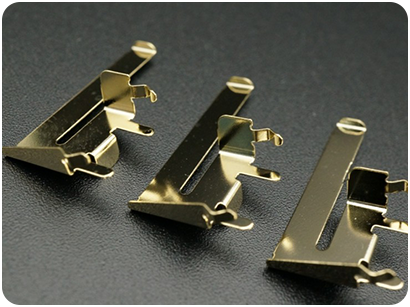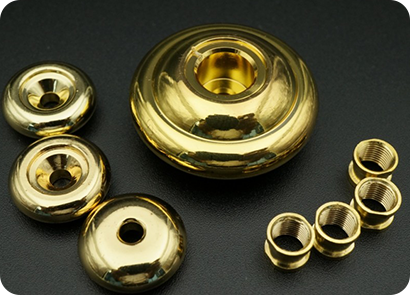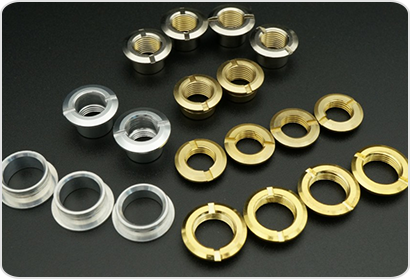Electroplate
Electroplating technology has a very real effect on the products we see and use everyday. Engineers design products with this process in mind, factoring in how plating will strengthen and improve parts that are manufactured much less expensively in plastic or crude metal. Have you ever wondered what electroplating involves? Read on.


What Is Electroplating?
Electroplating is a type of metal finishing that applies the surface of a part or object with a layer of metal via electrical current. This process is also known as electrodeposition. This object or component, called a substrate, is connected to a negatively charged electrode. This is the cathode of the circuit. The plating metal is connected to a positively charged electrode – the anode. Both components are submerged in a solution containing one or more metal salts and other ions that facilitate the flow of electricity. When the electrical current is applied to this circuit, the ions in the coating are oxidized into the bath and deposited onto the substrate.
Why Is Electroplating Beneficial?
Coating substrates or objects with a thin layer of metal enhances them in different ways depending on the coating. Electroplating provides a protective barrier and prevents corrosion. It adds strength to a brittle substrate. It also has a decorative function. Electroplating can provide a smooth and attractive finish to a crude metal part or object. A steel bumper that is electroplated with copper followed by nickel and chrome will remain shiny for years. Gold plated objects have the appearance of solid gold at a fraction of the cost. This is why the jewelry industry utilizes plating so often.

- Each kind of metal coating has its own strengths and uses. Nickel plating reduces friction. Silver can enhance electrical conductivity. Gold and zinc-nickel can withstand extremely high temperatures. Because plating can greatly improve the performance of parts, it has applications in a wide spectrum of industries. These include battery manufacturing, electronics, medical device manufacturing, automotive, aerospace, and oil and gas.
- To ensure quality control, the electroplating process must be done in steps. Substrates must be cleaned and processed in chemical baths to activate their surfaces in order to ensure adhesion between substrate and coating. During the electroplating process the temperature and the chemical composition of the bath must be carefully monitored. The electrical current that runs through the bath must also be the proper voltage and of the correct duration.
